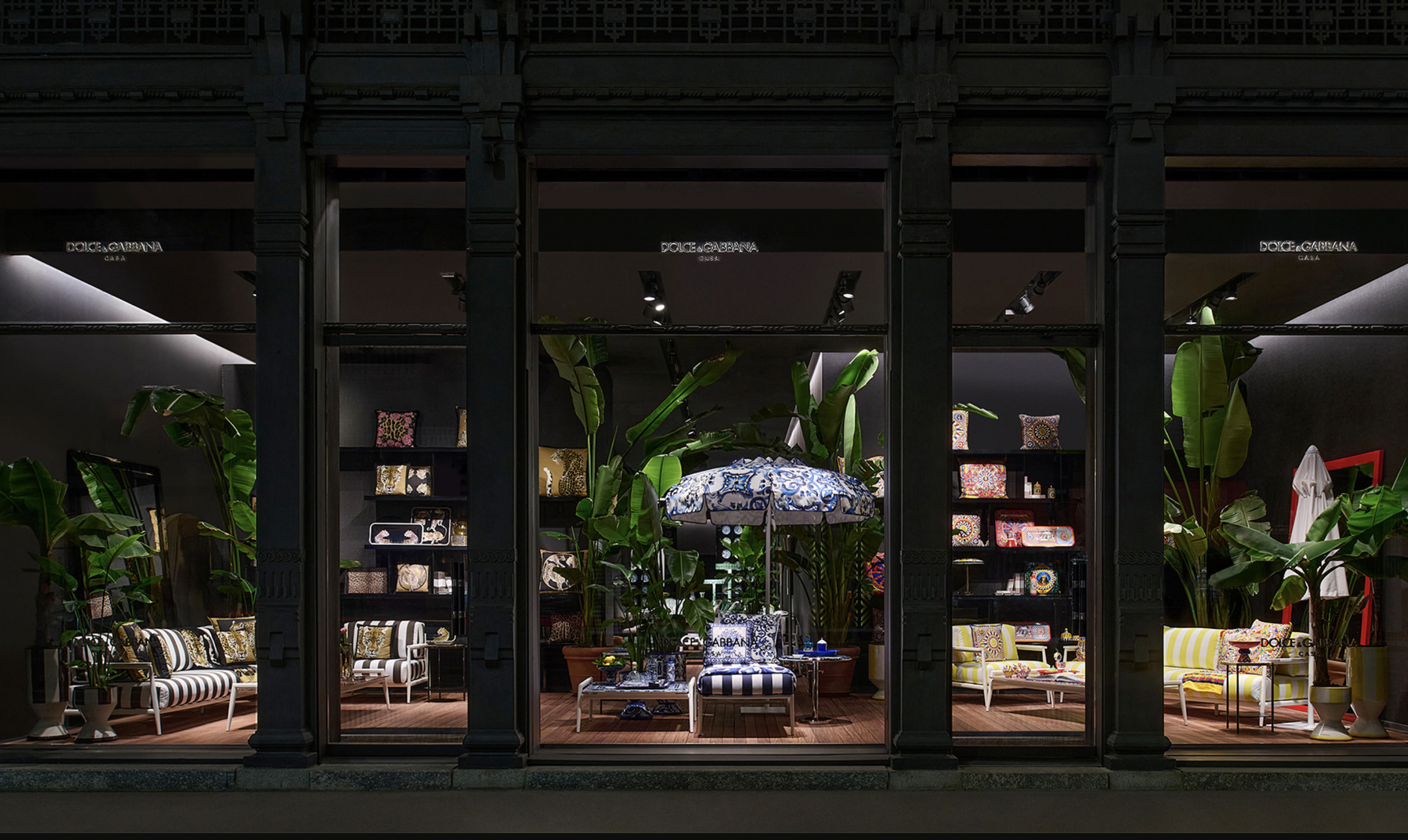milan design week 2025
Designing for Sensation, Connection, and Consciousness
2025, Milan once again became the gravitational center of the global design world. Milan Design Week and its cornerstone event, Salone del Mobile.Milano, drew over 2,000 exhibitors and more than 300,000 visitors, confirming the city’s unmatched status as the world's design capital. Yet beyond the numbers, this year's edition signaled a deeper shift: from static object presentation to sensory orchestration, from style to systems, and from aesthetic language to ethical presence.
Designing a Connected, Human-Centered Future
Two ideas reverberated across pavilions, palazzos, and post-industrial sites:
“Connected Worlds” and “Thought for Humans.”
These weren’t just slogans—they were structuring principles. Designers were called to engage not only with form and function but with emotion, ecology, memory, and interactivity. Whether through advanced lighting systems, recycled materials, or AI-personalized furniture, the question was constant: what does it mean to design for someone?
Sensory Design as a Medium of Encounter
Traditional showroom displays gave way to immersive scenographies. Cassina transformed a historic theater into a living set. Google’s "Making the Invisible Visible," created in collaboration with artist Lachlan Turczan, used reflective light and sound waves to materialize the unseen. Across the city, brands explored the interface between spatial design and performance, inviting audiences not just to see—but to feel, hear, touch, and participate.
Sustainability as Craft, Not Concept
Far from being a greenwashed accessory, sustainability appeared as a material and cultural commitment. Innovations in biomaterials, modular systems, and zero-waste production underpinned a clear trend: design with responsibility must now also mean design with intelligence. Brands highlighted recycled aluminum, naturally dyed fabrics, biodegradable plastics, and systems optimized for disassembly and reuse.
Material & Form Trends
Warmth and tactility dominated. Stone, clay, raw wood, and terracotta conveyed organic permanence, often juxtaposed with tech-forward materials for tension and balance. Chrome, tin, and iridescent finishes marked a return to futurism—less nostalgia, more space-age optimism. Sculptural forms emerged in translucent media, often exploring distortion, refraction, and chromatic layering. Paper-thin lighting made of rice paper and gauze blurred boundaries between light source and sculpture. Quilted, jacquard, and faux-fur textiles brought softness and touch to rigid furnishings. Pantone’s Color of the Year, Mocha Mousse, led a wave of comforting browns, taupes, and clay hues. Pastels like lilac and indigo were punctuated with jolts of absinthe green or synthetic chartreuse, creating intentional dissonance and play.
Formal Languages & Stylistic Currents
Designs evoked rivers, bones, clouds. Curves, loops, and seamless contours softened both furniture and architecture. The fusion of Japanese restraint and Scandinavian simplicity—Japandi—continued its silent reign, especially in natural material palettes. Fringe, floral lace, and plush low-slung seating nodded to an era of spiritual comfort and communal living. Visible stitching, hand-painted details, and unique tool marks honored imperfection and individuality in an increasingly automated world.
Brand Highlights & Institutional Experiments
Hermès, Gucci ("Bamboo Encounters"), Loewe (a teapot art collection), Fendi Casa, and Loro Piana (partnering with Dimoremilano) all presented immersive experiences that blurred fashion, furniture, and scenography. Miu Miu, meanwhile, hosted a literary club installation—melding intellectual and material worlds.
Milan Design Week increasingly mirrors a cultural festival—full of sensory seduction and social media buzz. While this democratizes exposure, some critics question the loss of curatorial precision. Are we watching design evolve, or watching its spectacle consume its core?
Still, the most resonant work did not shout. It whispered—with materials, with care, with presence. And through it, one message emerged:
The future of design isn’t faster. It’s deeper.









